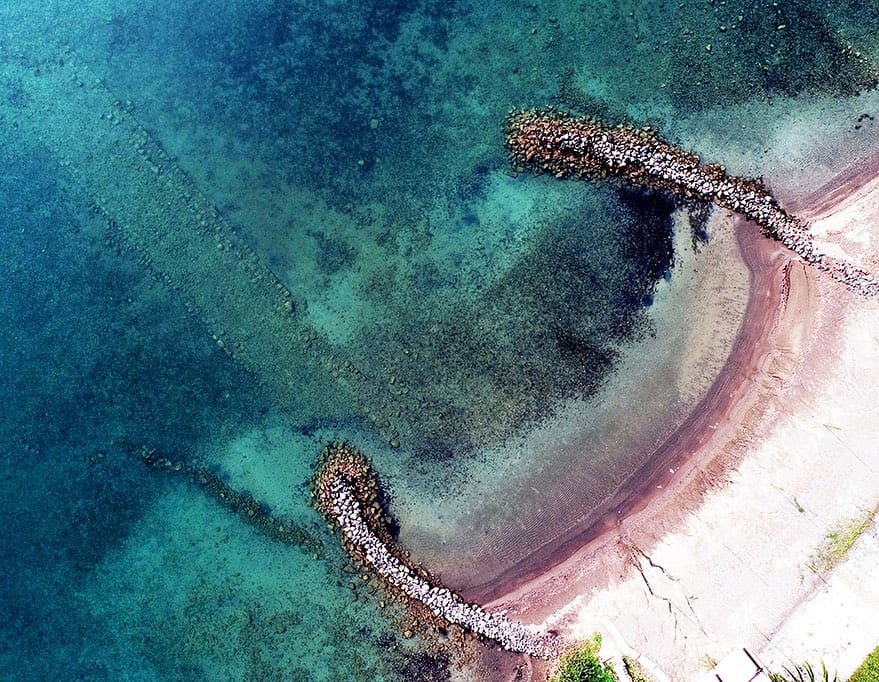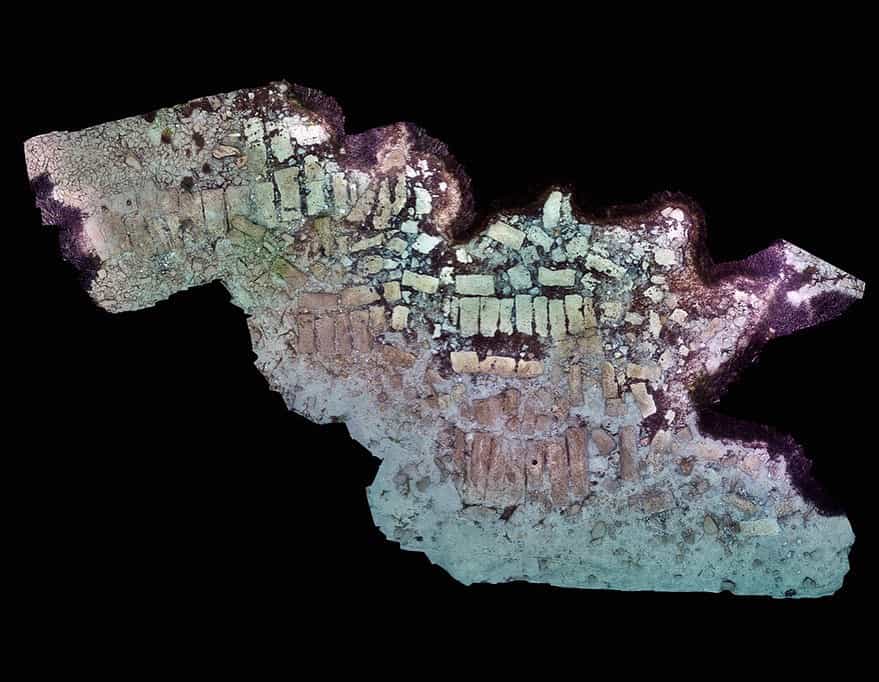
For the fourth year, volunteer divers, archaeologists from the Ephorate of Underwater Antiquities and geophysicists from the FORTH Institute of Mediterranean Studies, explored and captured evidence of the ancient city of Olous and its territory, in the bay of Elounda in Crete.
Underwater studies focused on submerged structures on both sides of Poros, where the urban centre of the ancient city was located.

Olous was one of the most important Dorian cities of ancient Crete, with more than 30,000 inhabitants.
The city disappeared either because of a landslide or as a result of the large earthquake in 780 A.D.

"In particular, the surface cleaning of sand and vegetation continued, followed by a large elongated structure that probably belongs to the wall of the ancient city, although its interpretation as a jetty is not ruled out," the Ministry of Culture said in the announcement.
At the same time, high resolution, true colour and true scale 3D reconstructions are currently in progress, based on the data research collected.

Beyond Poros, the underwater investigations continued in the bay of Krios, east of the Kolokytha Peninsula, where scattered pottery was found.
In Vathi bay, a submerged building complex was captured and documented, while on the beach, Minoan ceramics were found, together with a number of purple oysters.
The evidence collected in combination with the results from previous underwater investigations in the wider area, gradually sheds light on the ancient city and its territory.

